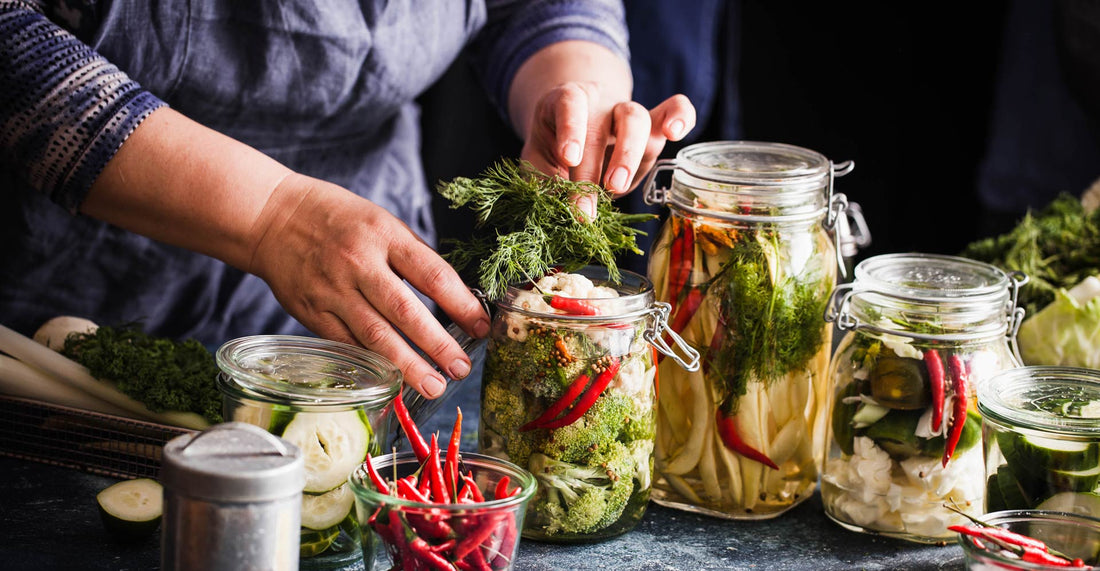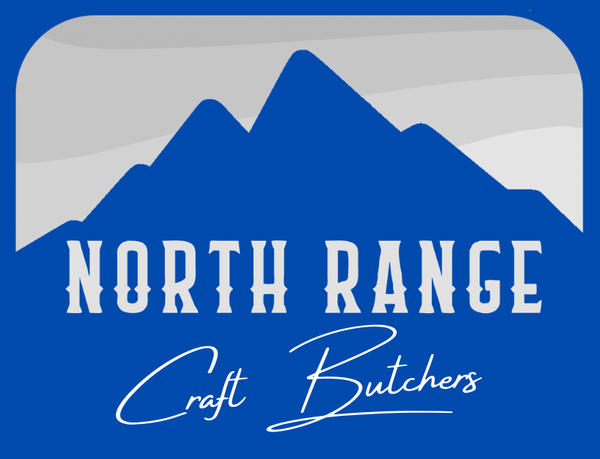
<strong>Preservation</strong> <br />Food before refrigeration
I’m not a food historian but I have often wondered about how food was kept before refrigeration. How did armies travel so far on foot and still be able to eat? How did the sailing ships of the 1800’s keep their crew happy and healthy? Preservation of food has been a key part of the development of the world as we know it. Lets look at techniques and where they came from.

Brining and curing.
On the great sailing ships of the 1800s they would need to feed a crew of 50 people or more for months on the water. How do you keep them healthy and well fed? You use what’s around you. For a long time, people have known that salt will preserve food, and sailors used this well. Salt beef and salt pork were very common on the ships as the salt would stop the growth of pesky little bacteria like Botulism. They would cover meats in salt and add a salt water brine to make it air tight, which is rather convenient when you’re on a ship surrounded by salt water. Next time you eat gravlax, corned beef or cured salami remember that these things were preserved with salt and started as a necessity for preservation before they were culinary techniques. By combining curing and drying they could make food last weeks or months and often getting a better product than fresh. Salt was such an amazing thing it was once traded as money. From the French “sel” meaning salt, came the term “salary” over time. Salt is pretty amazing on its on but what happens if you add acid to that?
Acid. Acidification is a great way to preserve food and it just so happened that sailing ships would have large quantities of acidic fruits aboard. Ships would carry lemons, limes and oranges with them on the expedition to combat scurvy, which was responsible for hundreds if not thousands of deaths. Scurvy is a deficiency of vitamin C or citric acid resulting in a severe medical condition leading to a slow, painful death. By keeping citrus onboard they could fight this off and keep their men healthy. It also makes for a great way to cook seafood. Submersing scallops, shrimp and fish in acidic fruit juices is known as Ceviche and it is said to have originated in South America but is popular in any region close to water and fresh seafood. Who knew that piece of lemon on your fish has such deep roots? The Royal British Navy kept so many limes on board their ships for health and cooking that the British earned the nickname “limey”, and also allowed them to stay at sea months longer than other ships of the time. What if you wanted fruits or vegies?
Canning.
Canning allows you to preserve fruits and vegetables by sealing them in a jar or can with a liquid and adding high temperature moist air or water to the outside. Typically canning is done with a high acid ingredients like tomatoes, pickles and fruits. When you take a high acid food and put it in an air tight container and boil it, any bacteria are killed from the heat. As the water boils it forces out the air around the product and creates an air tight seal. By doing this you can keep canned foods for years. What would you do if you had an abundance of tomatoes that you could only harvest once a year? Can them so you can have them all year. Turn them into sauces, Peeled or crushed tomatoes or tomato juice. In a place like Italy where tomatoes grow very easily its not surprising that they are known for tomato based pasta sauces. Next time you open that jar of spaghetti sauce remember that without canning you wouldn’t be able to get sauces from Italy on your plate even today. What if you cant can something but you want to keep it for a few days?
Sealing.
When I talk about sealing food, I don’t just mean with Cryovac or vacuum bags. The amazing bistros in France used a very cool technique to seal and preserve their sauces. They would put their sauce into a pot, add butter and put it in the cellar. The butter would cool and create an air tight seal across the top of the pot. When they reheated the sauce they would just leave the butter in it, creating the term “Monte au Beurre” or translated “mounted with butter”. The classic French sauces have a little bit of butter whipped into them at the end to provide richness and thickening but that stems from necessity to preserve the sauce. Another great example is Duck Confit. It’s duck legs that have been salted and spiced and left for a day to draw out some of the moisture then rinsed and cooked in rendered duck fat. When you cool this down the fat solidifies and created a seal over all the duck legs. Ive kept confit in the cooler for 10 days like this without spoilage, and I’m sure it would last longer. In the cooler cellars of France it would likely last just as long and its another technique to seal food without anything but the food itself. Those crafty French chefs. I may have been done before this but it’s the French that I know did it as part of procedure and recipe. Kinda genius if you ask me?
These are just a few examples of how the need for preservation created amazing culinary dishes. Its fascinating to see how far we have come but we are still using the same preservation techniques. Next time you wonder how things last so long, have a look at preservation techniques. Its more interesting than you might think.
